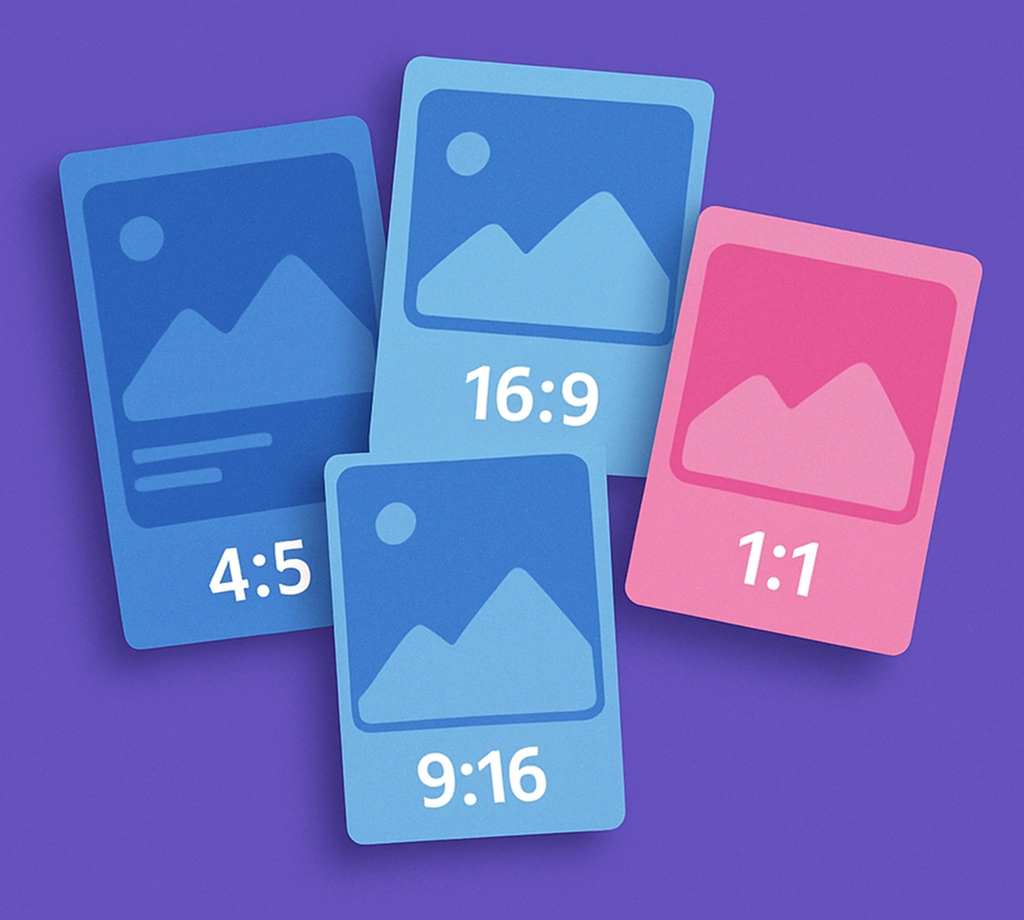Some time ago, I posted an image on Twitter, but I got the image size wrongly and, part of the image was basset on the mobile feed. As a result, it made me ask: How exactly should an image look for it to fit perfectly in the news feed, timeline, or stream? And that began the look into image dimensions.

There is so much to consider in creating great images for social media. The image dimensions: height, width, and orientation are the elements that most influence how an image will appear in a social media post.
Using images is somewhat the easiest way to increase engagements on your social media pages. As such, image posting has become one of the most common practices.
Sharing images to social media is pretty simple, though you need to keep certain specifics in mind if you need it to display flawlessly.
As a matter of fact, today’s post is going to help mitigate these difficulties. It will explain how to create ideal images that show up consistently well in your audience’s timelines. Read on to find out the best image sizes for all the major social networks, so that your social media content is pixel perfect.
Well-formatted Image Dimensions
Human brains are hard-wired to remember and appreciate a perfect image. Did you know that people are 65% more likely to remember information when paired with an accompanying picture? With that data, it is no wonder that 32% of the marketers report that images are the most relevant part of their business marketing, but what about making sure those images are in perfect sizes and dimensions?
Without wasting time, let’s quickly look at the appropriate or recommended dimensions required for posting images on the most popular social media networks, based on the content type;
Facebook Image Dimensions
| Use Case | Dimensions |
| Sharing image | 1,200 x 1,920 pixels |
| Sharing links with an image | 1,200 x 628 pixels |
| Sharing Stories | 1,080 x 1,920 pixels |
Instagram Image Dimensions
| Use Case | Dimensions |
| Sharing square image | 1,080 x 1,080 pixels |
| Sharing horizontal image | 1,080 x 566 pixels |
| Sharing vertical image | 1,080 x 1,350 pixels |
| Sharing stories | 1,080 x 920 pixels |
Twitter Image Dimensions
| Use Case | Dimensions |
| Sharing a single image | 1,200 x 675 pixels |
| Sharing multiple images | 1,200 x 675 pixels |
| Sharing links with an image | 800 x 418 pixels |
LinkedIn Images Dimensions
| Use Case | Dimensions |
| Company page or personal profile | 1,104 x 736 pixels |
| Links sharing: Company page or personal profile | 1,200 x 628 pixels |
Pinterest Images Dimensions
| Use Case | Dimensions |
| Sharing images | 800 x 1,200 pixels |
As long as your image height and width are within the said media ratio, the social media platform will keep your image as it is or, your image will be basset to fit an aspect ratio that the platform supports.
A poor image dimension could spell the difference between attracting and engaging users, or being completely ignored.
One thing to keep in mind when formatting your images is that there is a difference between how images will display on a timeline and how feeds will display in a user’s newsfeed. As such, you’ll want to make it sharp, eye-catching, and perfectly cropped.
Since the way we consume social media is predominantly visual, the resolution of your images must always be pixel perfect.
Images play a huge role in social media posts, therefore, formatting the dimensions of your images must be taken seriously.